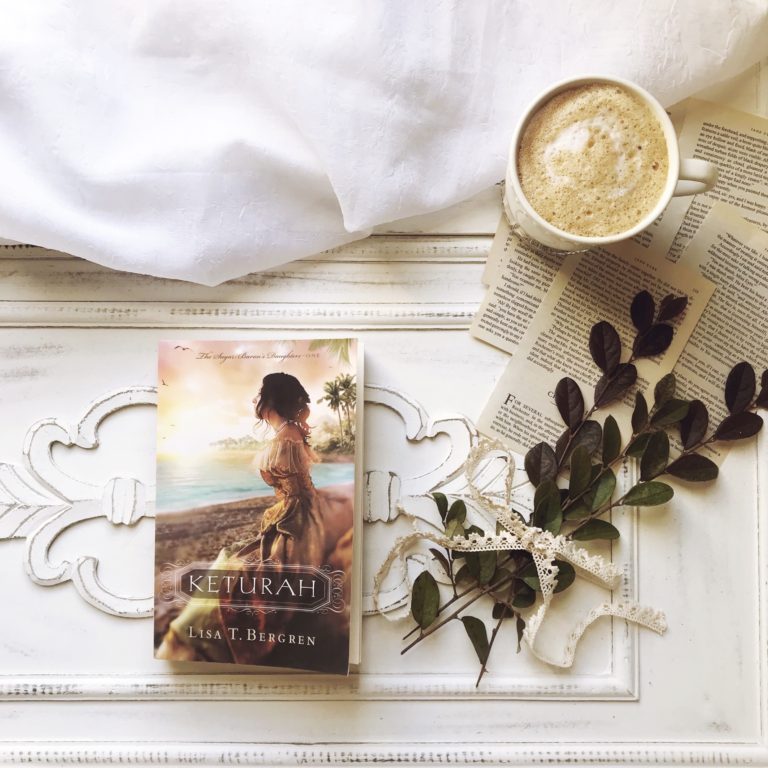From “Finished” to Ready
There is a sense of accomplishment that comes with the completion of the 1st draft of an entire manuscript. You’ve plowed through the unknown, sown the seeds of the plot and have reached your word count. It may seem like the hardest part is over, but I think after the 1st draft, there comes an even harder task: cultivating and nurturing the novel into a book ready for publication.
In writing the 1st draft, our brains are on creative overdrive as we pound out the words, desperate to get the story out on paper before we forget it or lose that perfect word, but when it comes to the 2nd-7th plus drafts of the entire manuscript, we have to take a small step back and put on our editor hats. (Usually, when I first write a chapter, I draft it at least 3-5 times before moving on to the next chapter, so in this post when I say “draft,” I am referring to the 1st draft of the manuscript as a whole.)
My Manuscript Editing Process:
Set chapter goals. After skimming through the first chapter or two to get an idea of how many edits you will have, figure out how many chapters you can tackle editing each day and select a realistic date for the completion of the 2nd draft.
Chapter by chapter. While I’m writing the 1st draft, I try to make sure that everything is grammatically sound and the punctuation is correct, but sometimes when the words are flying out, commas get misplaced and quotation marks are dropped, so when I finish the 1st draft, I go back to the first chapter and slowly make my way through the story chapter by chapter to catch those edits and to get a feel of the storyline flow.
Adding and burning. As I go through the chapters, I add a lot of details of the colors, fabrics, furniture, etc. and since the first draft usually meets my word count goals, I have the freedom to slash and burn the parts of the story that made sense in the beginning, but towards the end of the first draft, I decided that they didn’t need to take place after all. With a good initial macro and micro outline, the slashing and burning will minimal, but in the event of your story deciding to go a little off the plot path, sometimes paragraphs and pages, hopefully not chapters though, will have to die. It takes courage to delete large word counts, but if it is in the best interest of the plot, do it and have some chocolate. It helps to dull the pain.
Finding weak spots. Some chapters will need more work than others, so don’t worry if you have to spend more time on a certain chapter. Chances are that you will run into a chapter that doesn’t need as much work and you can catch up with your chapter editing goals. My weak spots are usually places where I left out important details vital to the end of the story because I didn’t know yet it was vital until I was writing my last chapters. Sometimes, the weak spots may require a whole new chapter to set your story up for the ending that you didn’t plot out in the beginning. When that is the case, make a note to pay extra close attention to that chapter when you return on your 3rd draft of the manuscript.
After you have the 2nd draft complete, rinse and repeat. Take a break to “rinse out” your brain and eyes to find new edits. After the 2nd draft, you should have a good idea of how many more drafts it will take before it is “final.” The sad fact is that editing will never be done. You just have to edit and edit and edit until you feel it is at a good place to send off to your beta readers.
Listen to your critique partners. Ask them if they think the storyline flow works or if they have any concerns or suggestions. Having your critique partners read your story is vital. Seriously consider their suggestions and repeat the editing process one more time with those edits in mind. Then, when you feel your story is truly “ready,” send it on its journey to find a publishing home!
Happy writing!
Photo Cred: Unsplash.com








I find whenever I go back over action sequences, or moments of high-tempo drama, I’d been typing so fast and so frenetically, every other word is a jumbled mutant. I can tell I was excited when writing it because vast swathes have a squiggly red underline beneath.
Haha yes! Me too! I love it when the inspiration flows that fast.
Reblogged this on William Chasterson.